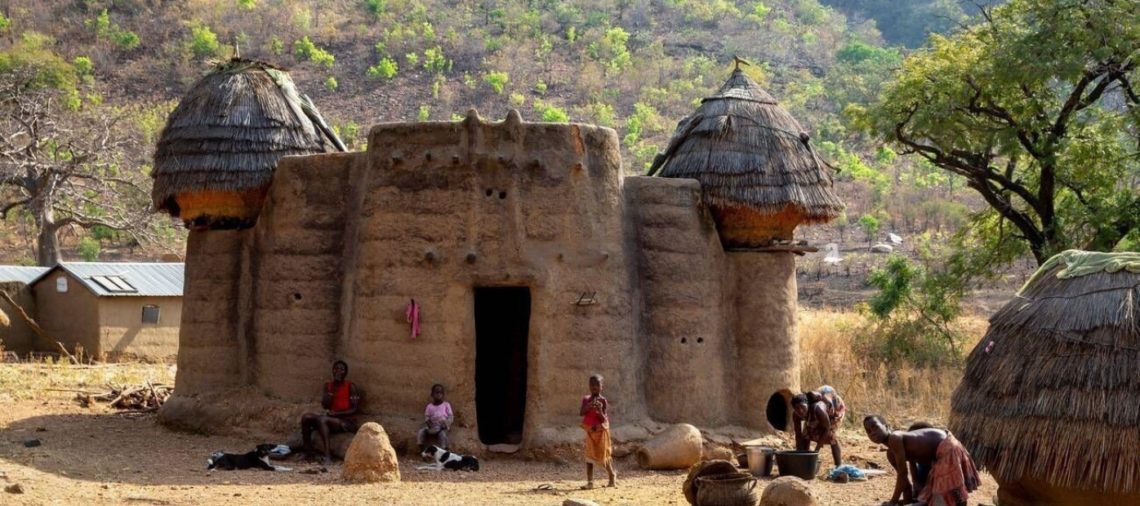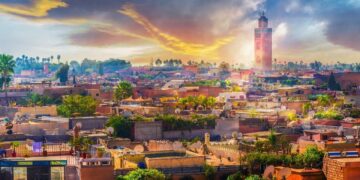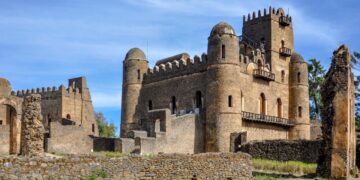Togo is a 1.3 million square kilometers country located along the Gulf of Guinea and the Atlantic Ocean in West Africa. The country’s largest city, and capital, is Lomé. Togo has many beautiful beaches and is a wonderful place for a vacation for someone who dares to come and visit this mysteriously African country. In these conditions, a question is born: is Togo good for tourists? And what are the best tourist attractions in Togo? Are there any?
Togo was formerly known as French Togoland. The country borders Ghana to the west, Benin to the east, Burkina Faso to the north, and the Atlantic Ocean to the south.
Particularly appreciated by the not-so-many travelers, Togo has more than one asset: a warm and festive population, stunning landscapes, and an authenticity still very present as soon as you move away from the tourist palm-lined beaches: hilltop villages, busy markets, and hilltop villages. Although it is a small country, you will find various sites. Despite its political and economic difficulties, Togo knows how to show its visitors a rather serene aspect, where tradition and rurality occupy a significant place, including in its capital.
So, if you want to take a trip to this African country, let’s find out which are the most beautiful travel attractions in Togo. And for those who want to recognize their destination from far, here is the Togo flag! 🙂
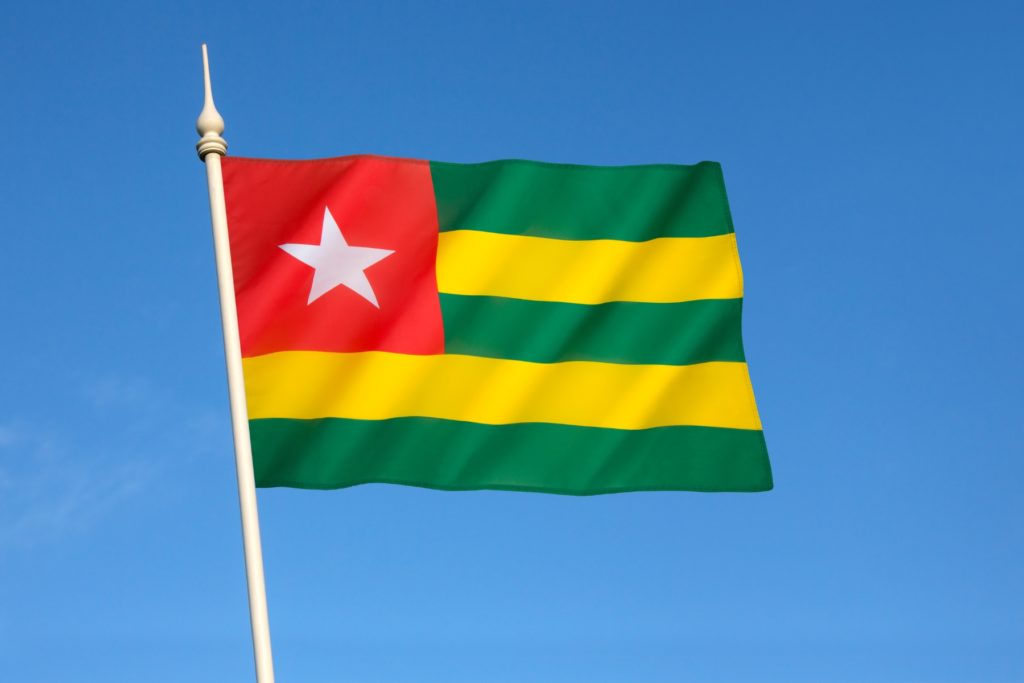
Are you traveling to Togo? Here you can find the best hotels in Lomé.
- Tourist attractions in Togo
- Map with the best places to visit in Togo (zoom for details)
- Lomé
- Agbodrafo
- Koutammakou
- Kpalimé
- Fazao-Malfakassa National Park
- Togoville
- Badou and Aklowa Waterfall
- Aneho
- Sokodé
- When is the best time to travel to Togo?
- Is it safe to travel to Togo?
- Which vaccines are required for travel to Togo?
- Conclusion
- Pin it!
Tourist attractions in Togo
Map with the best places to visit in Togo (zoom for details)
Lomé
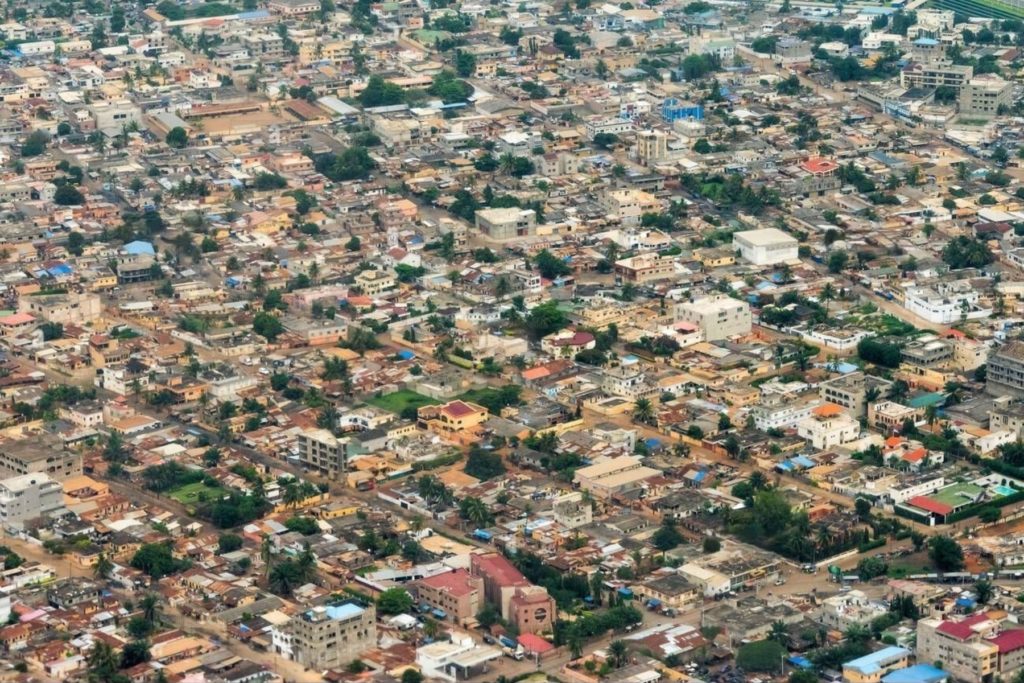
The capital Lomé is located in the extreme southwest of Togo and extends along the coastline. Lomé is neither a “colonial” city built and established by the colonial powers nor a “traditional city” whose village roots would still be inscribed in the urban structures and processes. Lomé blends tradition with animism and modernity, illustrated by luxury hotels and bank buildings.
The Ewe population founded the city in the 18th century. Its name comes from Alotimé, which in the Ewe language means “in the middle of the alo plants” (the alo is a tree whose trunk is still today the primary source of toothpicks in South Togo). The hunter Dzitri, the city’s founder, had indeed settled inside these trees, which dominated the historical site of Lomé. At the end of the 19th century, British customs taxes weighed heavily on imported products, such as alcohol and tobacco.
Today, the city of Lomé is very African in the sense that all styles, all influences, all traditions are mixed. Mixing in turn past, present, and future, Lomé is a melting pot, a crossroads where everything meets, everything changes, and everything evolves at an incredible speed.
There is the red of the earth, the asphalt of the big avenues and squares, the gardens’ green, and the houses’ multiple colors.
Whether you are traveling through or settling, there are some outright have to see and things to do in Lomé! Lomé is quite a small city, so you can easily do every one of these things in one hectic day or expand over numerous, much loosened-up days. Here are some of the main tourist attractions in Lomé:
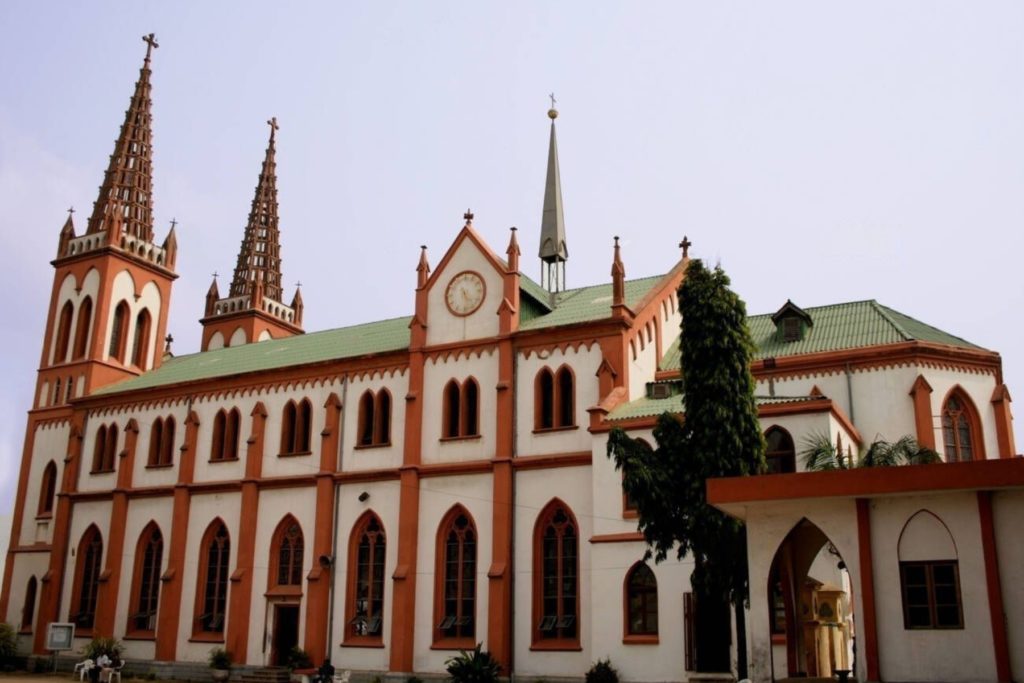
Mainly, Lomé is famous for its Atlantic coastline lined with palm trees. The German Cathedral in the center of town is an appropriate place to start your visit. Its elaborate arrows, beautifully painted façade and interior, carved wooden benches, and frescoes depicting African saints are living reminders of Togo’s colonial heritage.
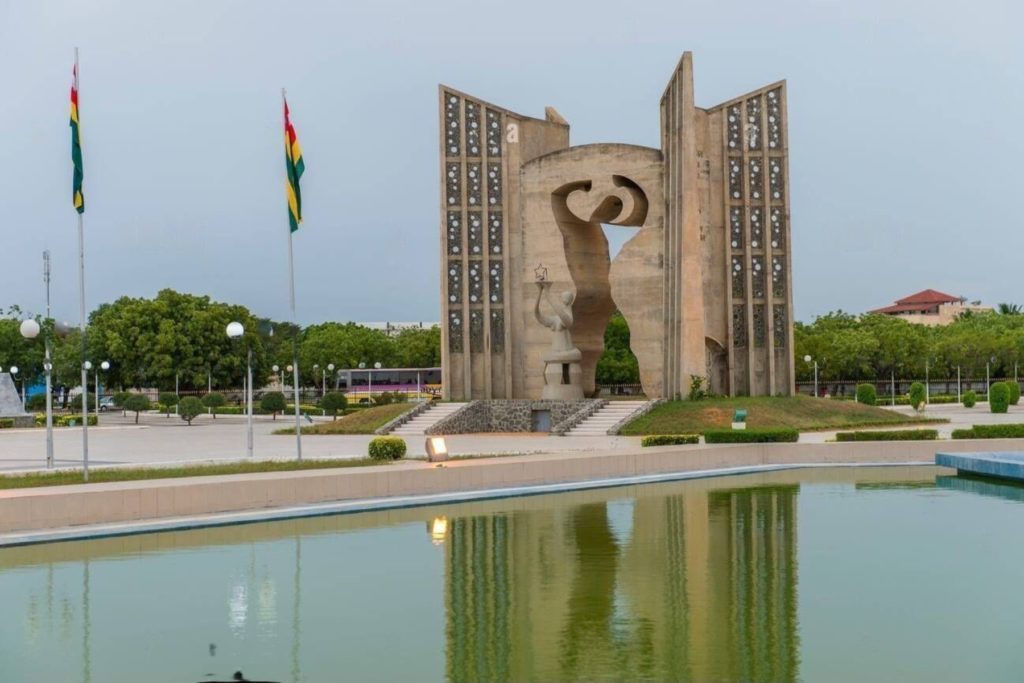
The Independence Monument in the city center is located in the middle of a landscaped traffic circle. The nearby Palais des Congrès is the site of the National Museum, which houses West African jewelry, masks, musical instruments, and pottery.
To the northeast, the Akodeséwa fetish market offers voodoo items such as animal skins and skulls. This is the place to see the products of the Togolese religion and traditional medicine. Bird feathers, animal skulls, animal skins, herbs, and all sorts of things that are supposed to have magical qualities are displayed on the counters, as well as small carved fetishes.
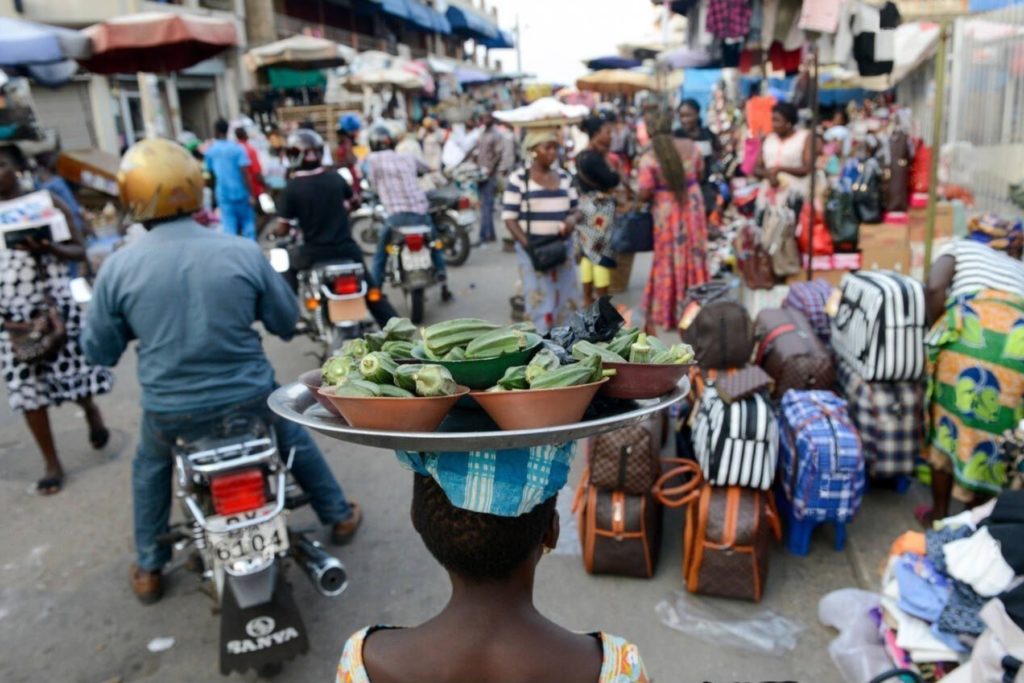
The Grand Marché of Lomé (The Big Market of Lomé) is one of the largest in the sub-region and probably the most famous for its “nana benz“. These great businesswomen who, by their stories of success, competition, and black magic, have rocked the childhood of a whole generation of Africans, the economic lung of the country after the Autonomous Port of Lomé.
As for most of the capitals of the West African coast, Lomé enjoys a fine sandy beach lined with coconut trees. It is also a lively capital both during the day or boils all the country’s economic activity and at night, where its bars/maquis and many discos surround the Loméan night.
Agbodrafo
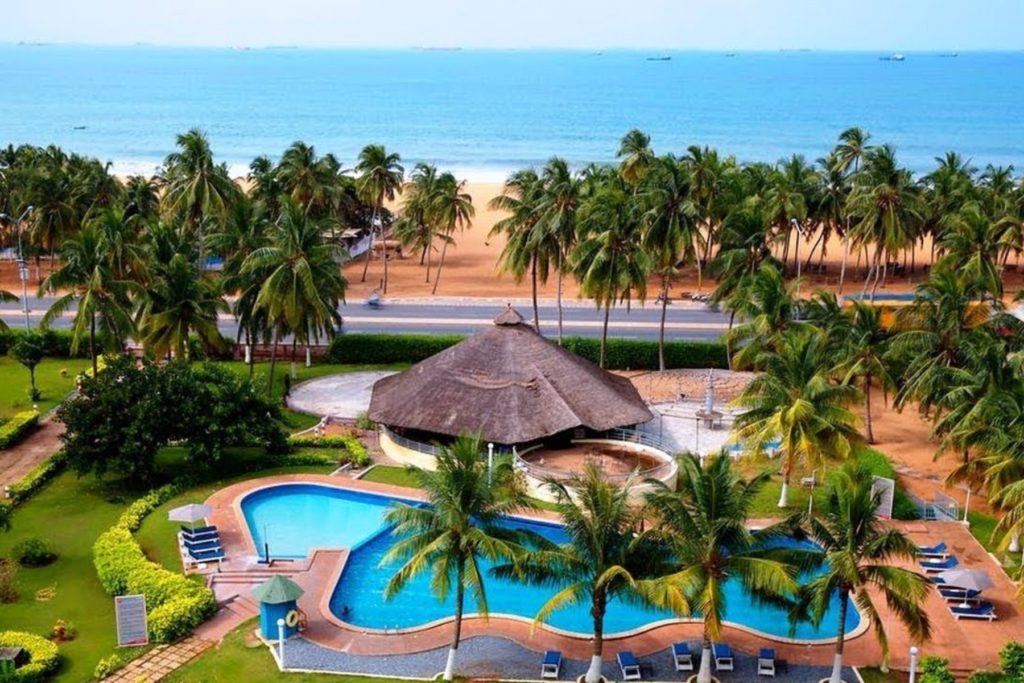
Agbodrafo, the second town on the shores of Lake Togo worth a visit, is known for its popular resort hotel: the Hotel le Lac. This luxurious potpourri of glistening outdoor pools and sun terraces stretches to the water’s edge, offering guests a luxurious stay beside the country’s famous lagoon.
The town of Agbodrafo has been recognized as part of the “Slave Coast”. One can discover some relics of this past, such as the “Wood Homé” or the well of the chained. “Wood Homé”, according to the local name, is the house of Wood, an English trader and slave owner.
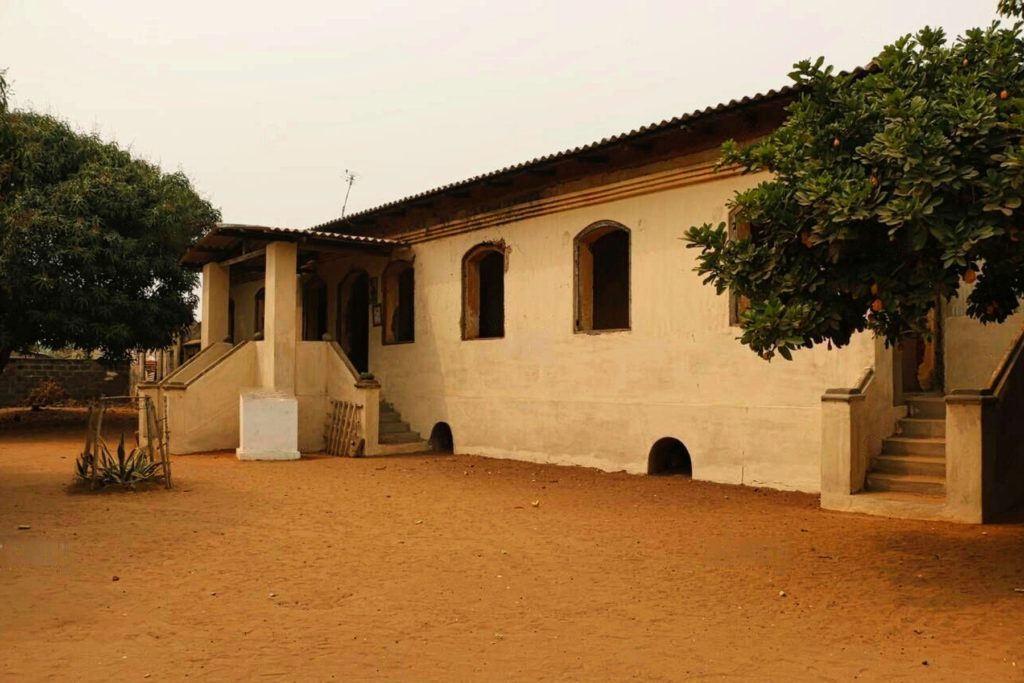
This house was built shortly after the settlement in Agbodrafo in 1835 of a fraction of the Adjigo clan driven from Aného and led by Chief Assiakoley.
Accustomed to the practice of slavery on the coast of Aného, the chief and his notables could not abandon this juicy trade despite the injunctions of the Western powers and the surveillance of anti-slavery cruises in the Gulf of Benin.
Lake Togo is a 13km square lake full of fish and aquatic life. It is also an important center of leisure and relaxation where one can practice water sports. Otherwise, the town is also known for its proliferation of water sports, and it is possible to arrange everything from pedal boat rides to surface jet skis.
Lake Togo is located in the maritime region of Togo, bordered by a sacred forest. The lake is also known for its fishing parties with nets.
On the other side of the city, to the south, is the Atlantic Ocean, with its rolling waves and stretches of sand.
Koutammakou
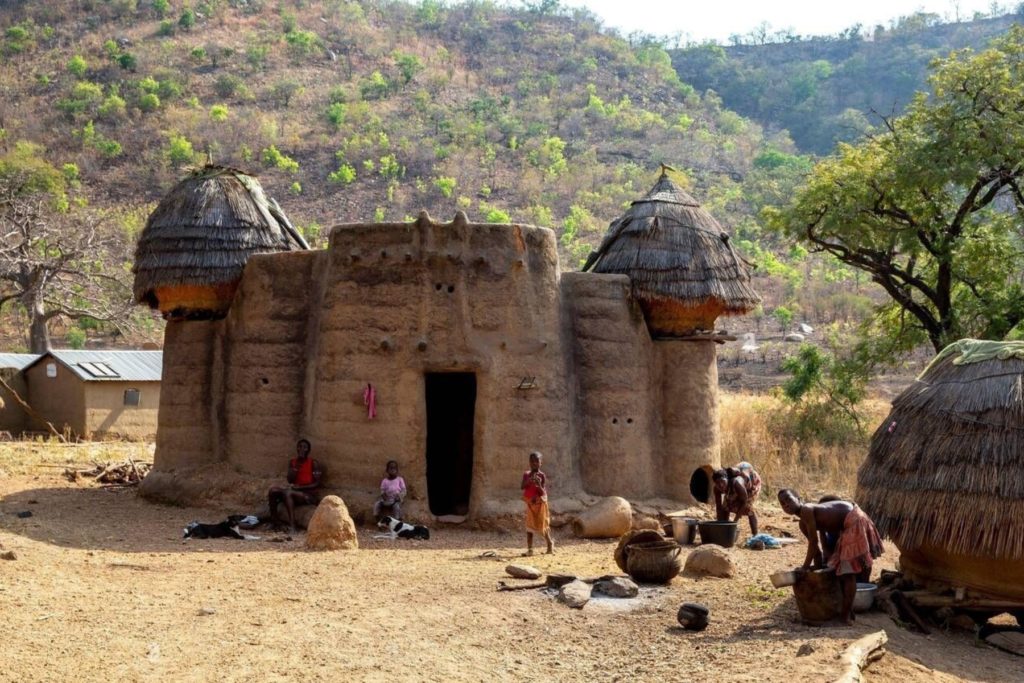
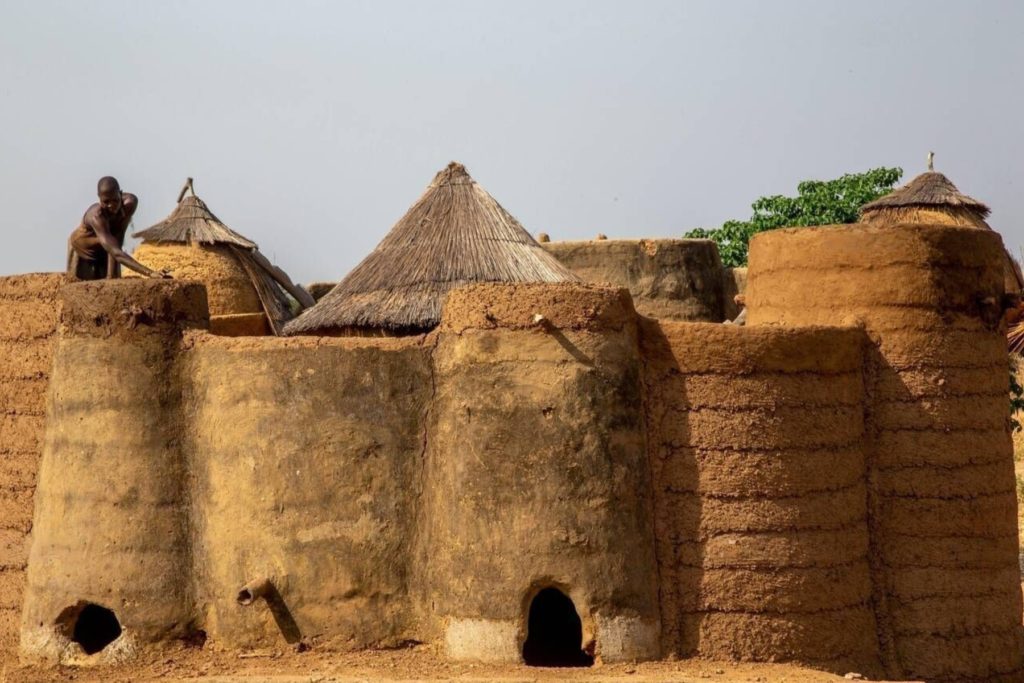
Hailed as the ‘Land of Batammariba’ by the UNESCO organization that awarded it coveted World Heritage status in 2004, northern Togo’s Koutammakou is a region of rustic villages built with adobe walls and thatched roofs. In Togo, the traditional mud houses of Koutammakou have become a national symbol. Some of these houses have flat roofs, and some have two floors.
The entire area offers a glimpse into the traditions of the tribal people who fled here to avoid capture during the Slave Coast years and breathtaking views of mountaintop horizons, muddy scrublands, and rolling hills of vegetation.
Kpalimé
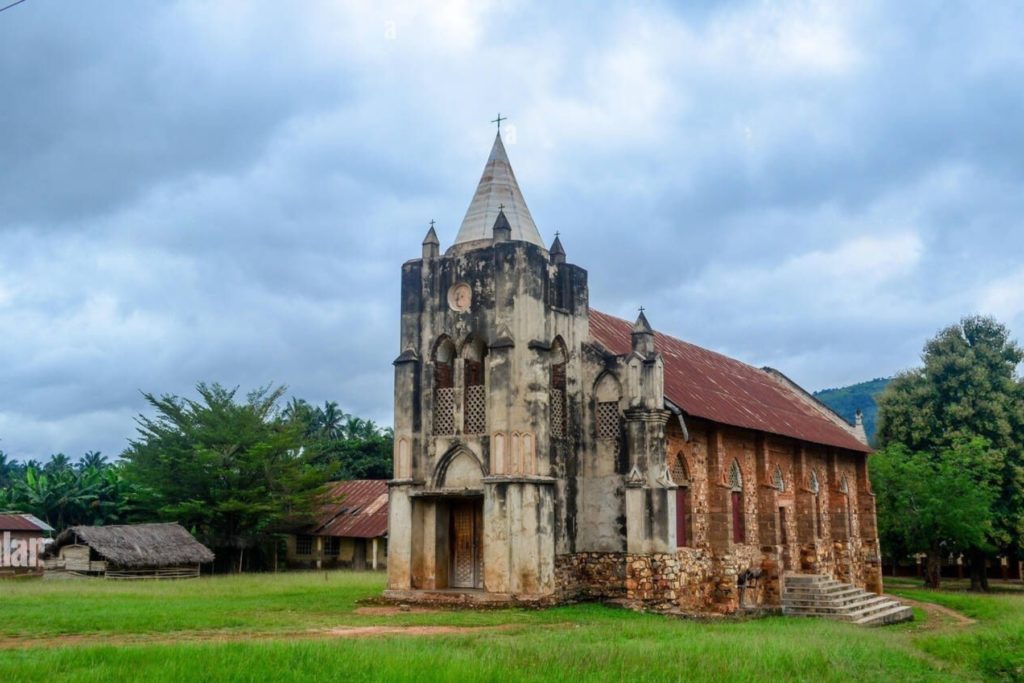
Kpalimé is located at approximately 1h30 of the road of Lome and is in a natural environment of beauty, one of the best tourist attractions in Togo. Palm trees sprout from the mud-covered tin shacks and low bungalows of Togo’s outdoor activity center.
A town nestled beneath the jungle-covered hills of the Plateaux region and dotted with German colonial relics and the occasional spire of a European-style church, it is famous for its countryside and bazaars. Also, the area is full of beautiful natural waterfalls: Kpimé, Aklowa in Badou, Womé, Tomegbé, Yikpa, or Kpelé Tsavié.
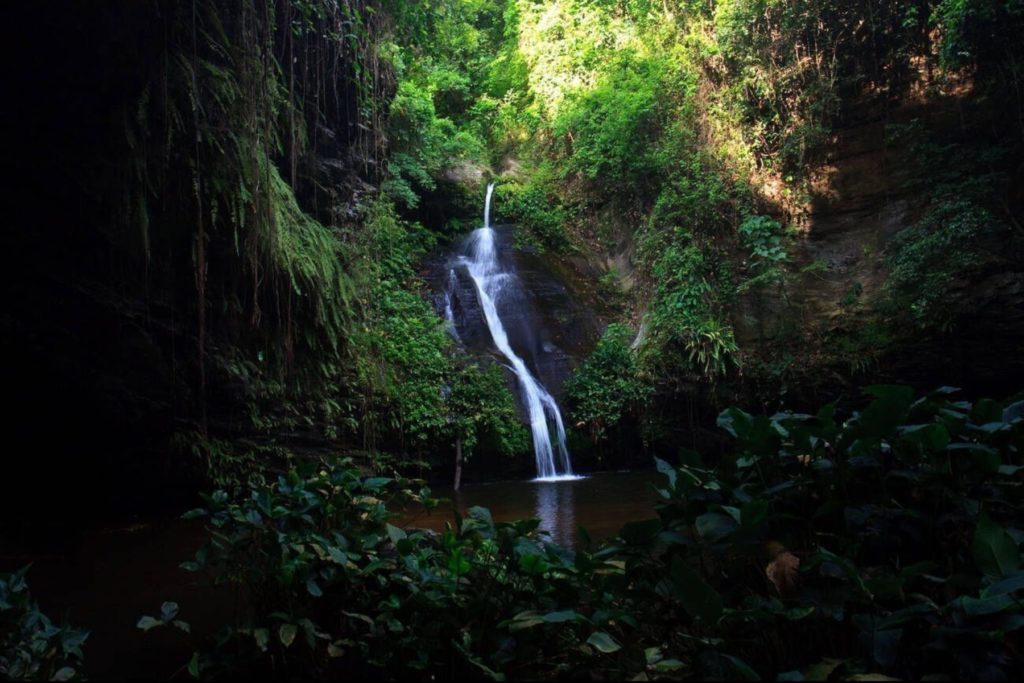
Kpalimé is also the country’s most important craft center, where many artists and artisans have settled: woodcarvers, batik creators, potters, weavers, calabash makers, etc.
Fazao-Malfakassa National Park
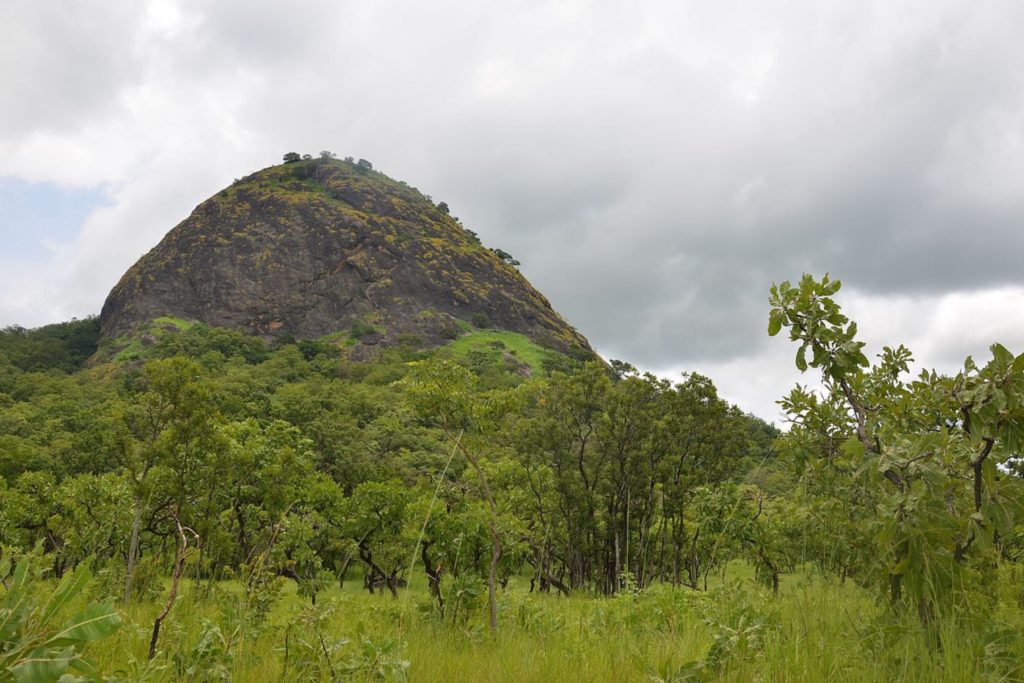
Togo’s largest national park is located right in the heart of the nation, close to the border with Ghana, covers nearly 2,000 square kilometers, and is famous for its dense and riparian forests. It covers 192,000 hectares and is a sanctuary for birds, primates, reptiles, and other wildlife.
The pièce de résistance, a large part of the reason the park was first established in the 1970s, is the presence of the super-rare forest elephant.
Unfortunately, populations of the great beast have been significantly reduced due to illegal poaching in the area. Still, conservation efforts are underway, and there are also duiker and antelope, kobs, and bushbuck to keep safari-goers searching through the trees.
The Monts de Malfakassa characterize the landscape in the northern region, while the sharp Monts du Fazao dominates the central area. A mix of flora covers the park, including grasslands at the hilltops, savanna woodlands, and thick forests.
Managed by the Franz Weber Foundation, Fazao-Malfakassa National Park opens for vision-safari visits during the dry season, from November to April.
Togoville
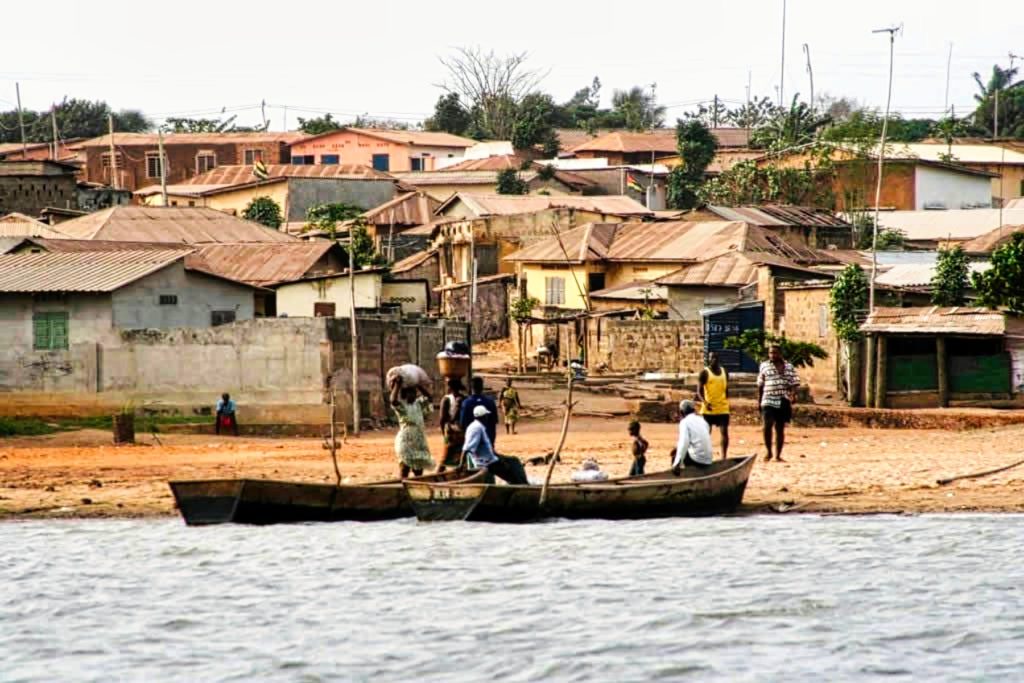
Rarely does a city bless a country with its name, and rarer still is it that only a small group of voodoo shrines and adobe huts inspire the nickname of the entire nation.
But that is precisely what happened here, in the small town of Togo (as it was then known). Back in 1884, the expeditionary Nachtigal signed an agreement with the chieftain of the land for German hegemony to extend to this part of West Africa.
Today, visitors of Togoville can still see copies of the exciting document, provided they ask the tribal leader nicely. Other attractions include a beautiful colonial cathedral and a series of small beaches along the lakeshore for strolling.
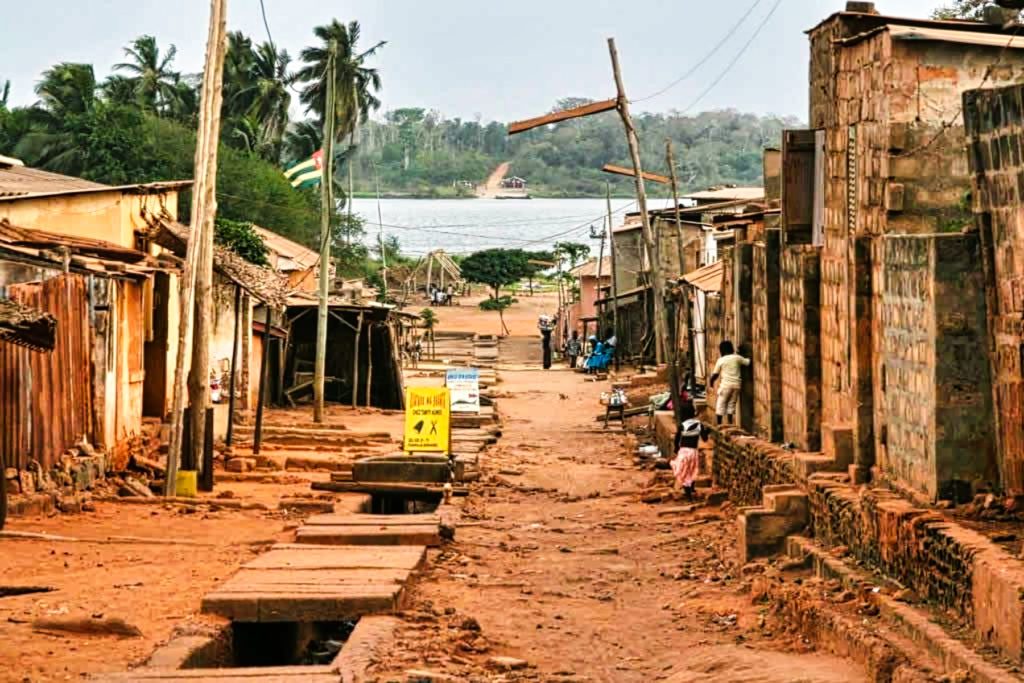
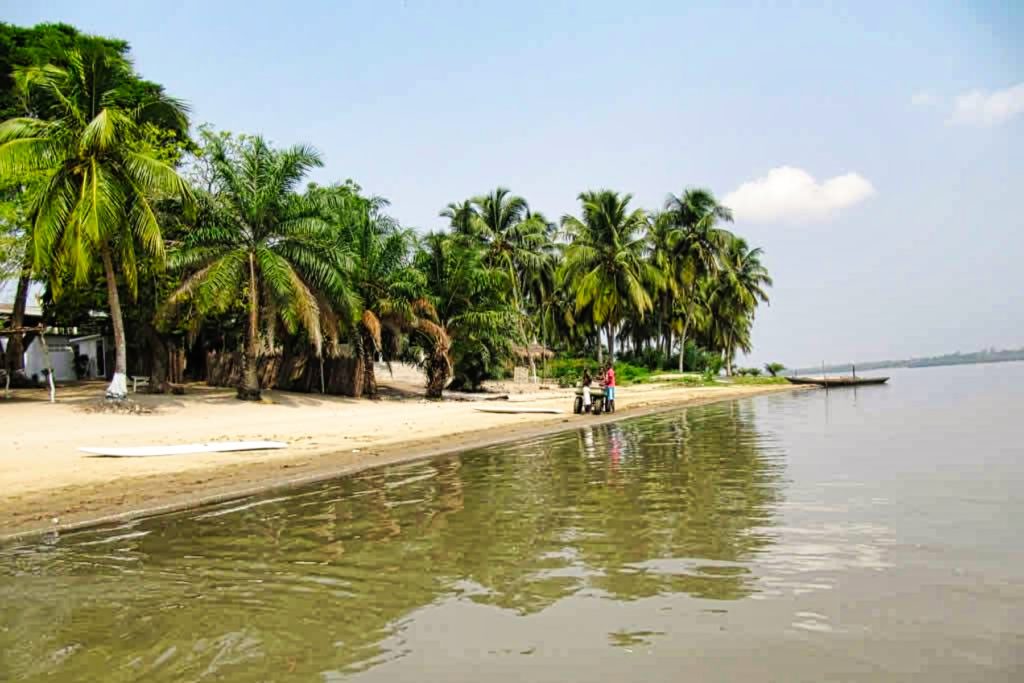
Visitors can also discover the house of the descendant of King Mlapa III, who signed with Nachtigal the treaty establishing the German protectorate over Togo.
Another place of interest in Togoville is the Cathedral of Our Lady of Lake Togo, which was built in 1910, and decorated with paintings of African saints and a statue of Our Lady of Lake Togo, the patron saint of the village.
The boat on which the Virgin Mary is said to have appeared on the lake in 1940 was covered with a thick layer of cement to preserve it from the elements. Still, only a small original piece remains uncovered to prove its “authenticity”. On the shores of Lake Togo is the sacred forest where the Pope visited the fetish priests in 1985.
Badou and Aklowa Waterfall
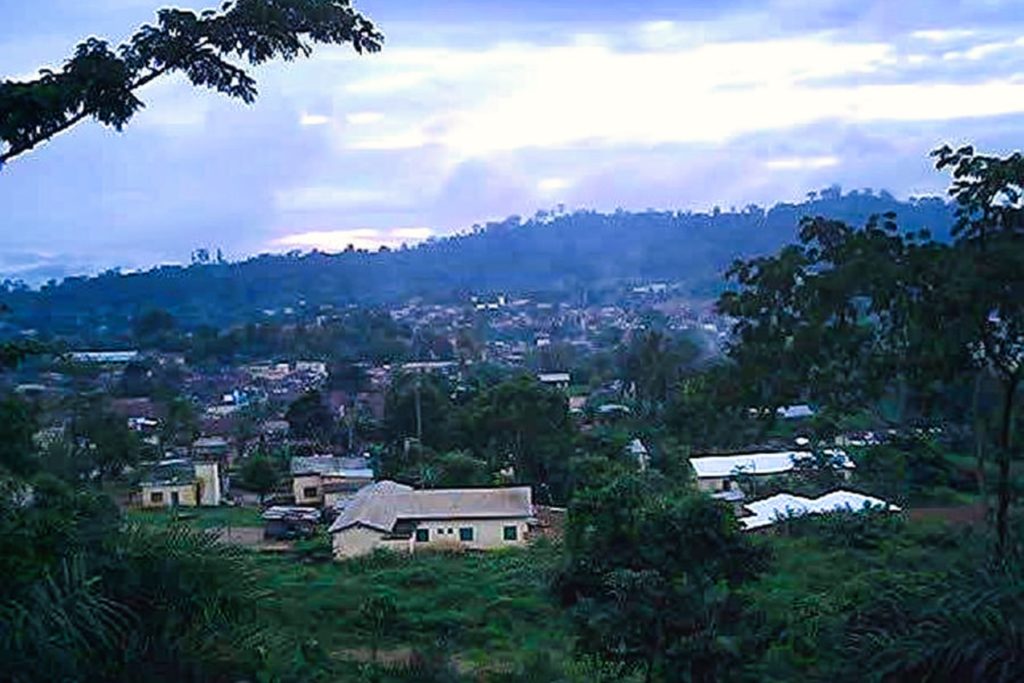
If you visit Badou, see one of the best tourist attractions in Togo and a genuine wonder: a 100m waterfall of milky water that rushes off a granite cliff into a pool deep in the forest: Aklowa falls.
You’ll have to hike for 40 minutes on narrow paths that wind up the hills through cocoa plantations before entering the forest, a journey which is a bit tiring but well worth it.
You’ll find yourself deep in the forest and feel like you’re discovering the world when you arrive at the secluded ravine at the base of the waterfall.
Badou is an important town in Togo and the capital of the Wawa prefecture. It is located at the foot of the Akposso Plateau in the Limité plain, the Togolese part of the Volta Valley. It is the capital and the primary market of this small border region that specializes in cocoa production. Badou is the other granary of the country. The inhabitants of this town are almost all farmers, traders, or civil servants, and agriculture is the main topic of conversation.
During the rainy season, Badou presents beautiful vegetation, landscapes, and pleasant scents.
Aneho
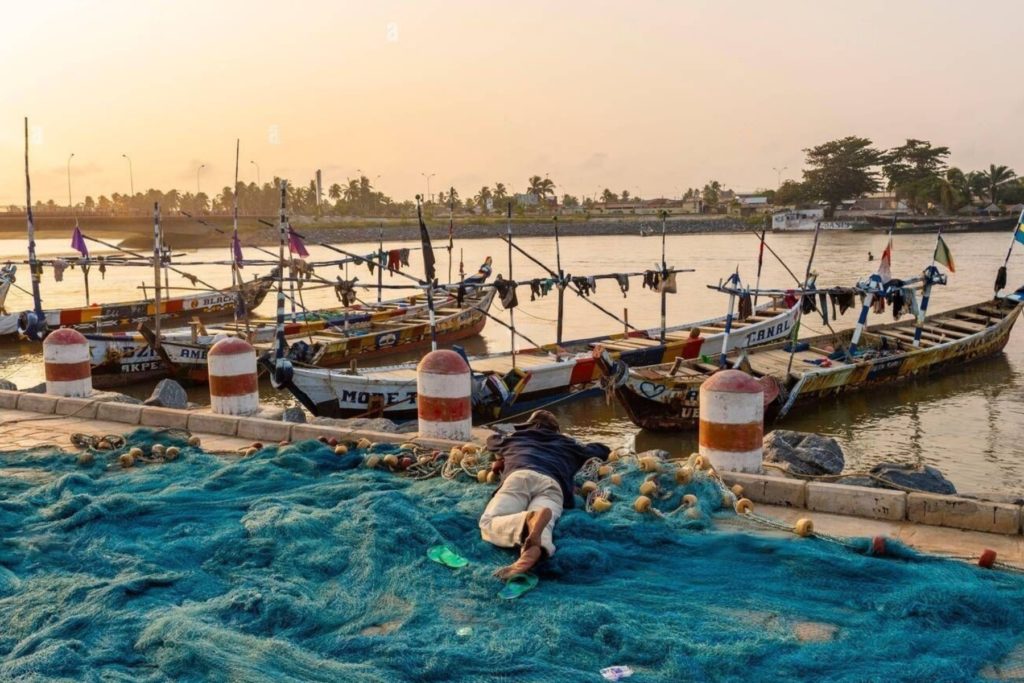
Salt-drenched canoes line the sandy shore of Aneho, once the capital of German Togo. The ancient city, built in the late 17th and early 18th centuries, was founded by the Guin immigrants. Aneho once thrived on the money and dubious goods of slave traders from Africa and Europe.
Today, the former colonial-era capo is now just a sleepy little fishing village, relying heavily on the fruits of the Atlantic to feed its bevy of locals.
And speaking of the locals, they are earthy and exciting people who still have a deep zeal for the national voodoo faith. Despite that, in Aneho, there is also a duo of churches and some Christian shrines to see so that you can put it in your itinerary.
Sokodé
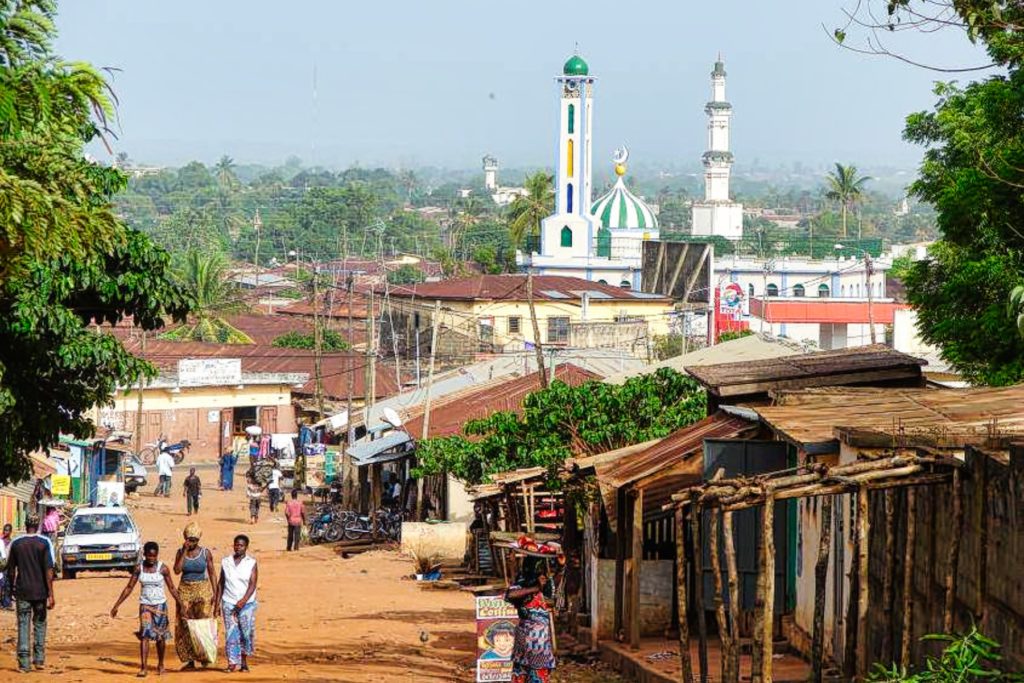
Sokodé is a Togolese city, considered the second largest in the country, with a population of about 113,000 inhabitants. It is located in the center of the country, halfway between the tropical climate of the seaside and the dry climate of the Sahel. It is the city of Kotokoli, the name of the majority ethnic group and the capital of the Centre province and the Tchaoudjo prefecture. It is a multiethnic and multi-religious city dominated by Islam.
Local music and dance are not found anywhere else in Togo, like in Sokodé. Here, life is organized around the traditional chieftaincies that still have authority over the MMT today. The streets are filled with traditional music and dance during the knife festival.
The region is also rich in handicrafts, weaving being one of the main activities. Also, there are plenty of colorful markets, and, not least, the reserve of Fazao-Malfakassa is close and offers a very beautiful bio-diversity.
When is the best time to travel to Togo?
The climate in Togo is tropical, with an average annual temperature of 25 ºC and more rainfall between May and September.
The best time to travel to Togo is between January and May and between October and December when the weather is warm, and there is less rainfall.
Is it safe to travel to Togo?
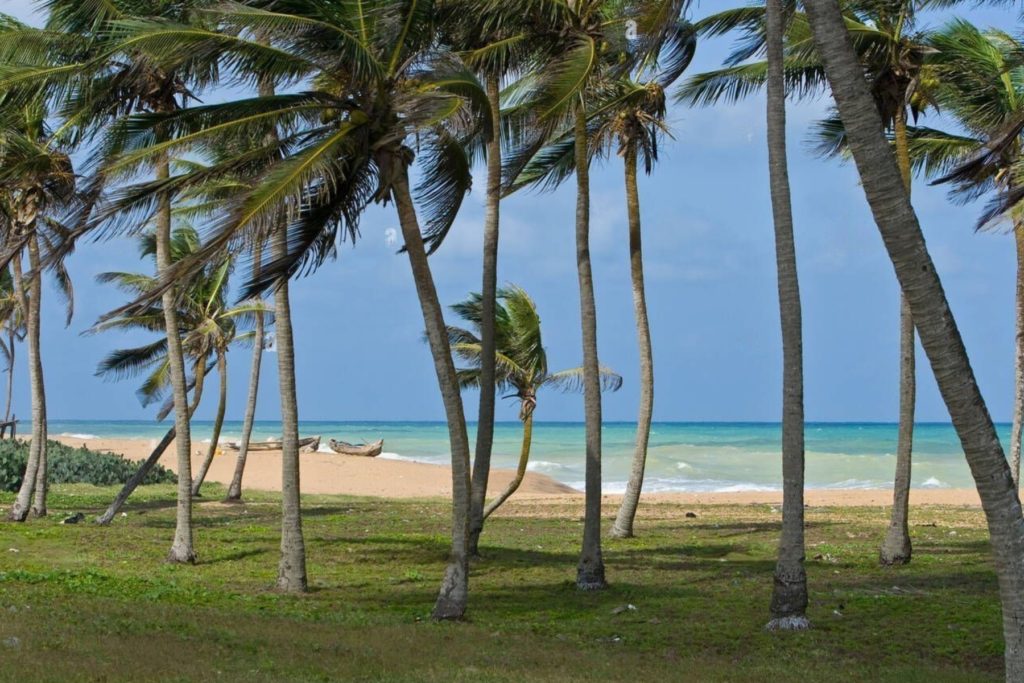
So, is Togo good for tourists? Like most African countries, Togo presents some travel risks, which may fade or, on the contrary, become more acute depending on the period of political and social unrest. That’s why you should learn about these risks before traveling to avoid ending up in troubled regions.
For example, at the end of 2022, there were security concerns at the border with Burkina Faso, and the recommendation was to ban all travel to that area within 30 km of the frontier, as there was a danger of kidnappings and acts of terrorism due to military operations. The warning concerned the town of Dapaong (and the area to its north), the N28 and N16 motorways, and the towns of Cinkassé, Korbongou, Kong, Mandouri, and Nadioum.
Otherwise, general recommendations for citizens traveling to Togo are as follows:
- – Avoid any travel during the night, regardless of the region they are in, crowded places (markets, transport stations, etc.), demonstrations, marginal neighborhoods of the capital, and traveling in remote areas of the country.
- – Avoid attending various locally organized festivals, religious ceremonies, meetings, or events where many people are present.
- – Keep personal documents and valuables, travel tickets, money, and credit cards in safe places and do not display them visibly on their person or in cars.
- – Request and use (for a fee) the protection services of law enforcement agencies (police patrols) when traveling within this country.
- – Do not resist an attack and hand over to the attackers any money or valuables they have on them.
- – Avoid traveling within cities by public transport and use taxis with due caution.
- – Drink only bottled water or pre-boiled/filtered water.
- – Follow the notices or recommendations of local authorities!
- – Find out in advance about the medical situation in the area! There is a high risk of illness: malaria, typhoid, yellow fever, cerebrospinal meningitis, polio, cholera, Lassa fever or leprosy, skin diseases, etc.
- – Contact the National Institute of Public Health – National Centre for Surveillance and Control of Communicable Diseases for information on the types of vaccinations to be carried out before traveling to this country.
Which vaccines are required for travel to Togo?
If you plan to travel to Togo, you will need vaccination against hepatitis A (one injection 15 days before departure, booster 1 to 3(5) years later), and yellow fever (one injection at least 10 days before departure). On entry into the country, you will need a yellow fever vaccination certificate for travelers over 9 months of age, regardless of their origin.
The following vaccinations are also recommended (but not compulsory): Hepatitis B, meningitis, anti-rabies, and typhoid fever. Plus malaria prophylaxis.
Conclusion
In conclusion, if you want to take a trip to Togo or if you want to find out which are the most beautiful tourist attractions in Togo, consider the information in our article, take heart and buy a plane ticket to Lome. Adventure awaits you in Togo!
Pin it!
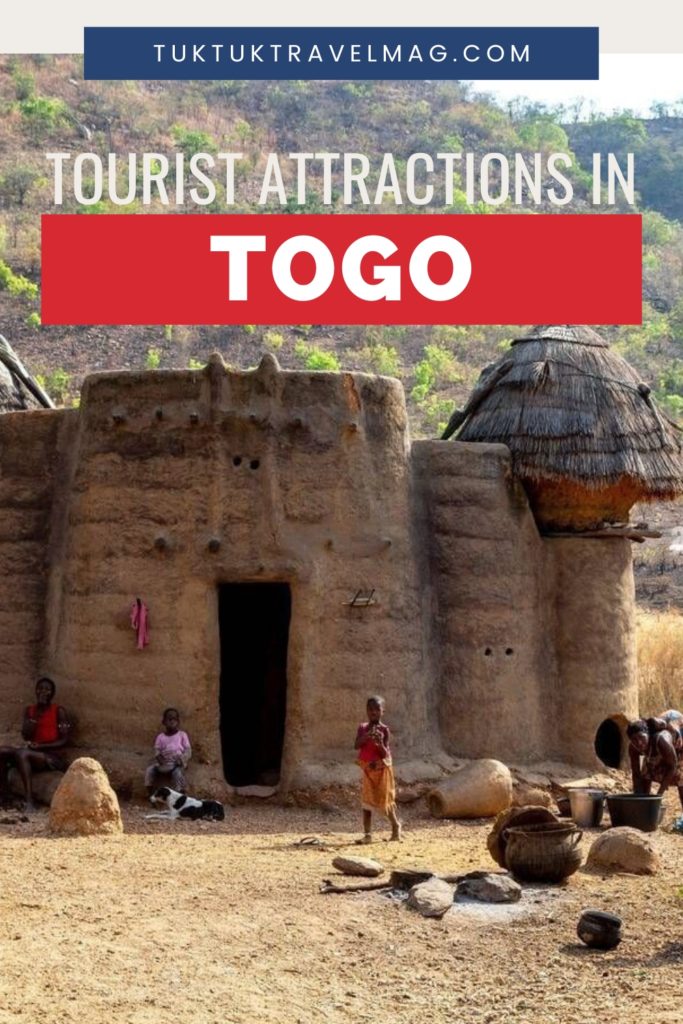
You may also like: Tourist attractions in Namibia. What to do and see in Namibia

